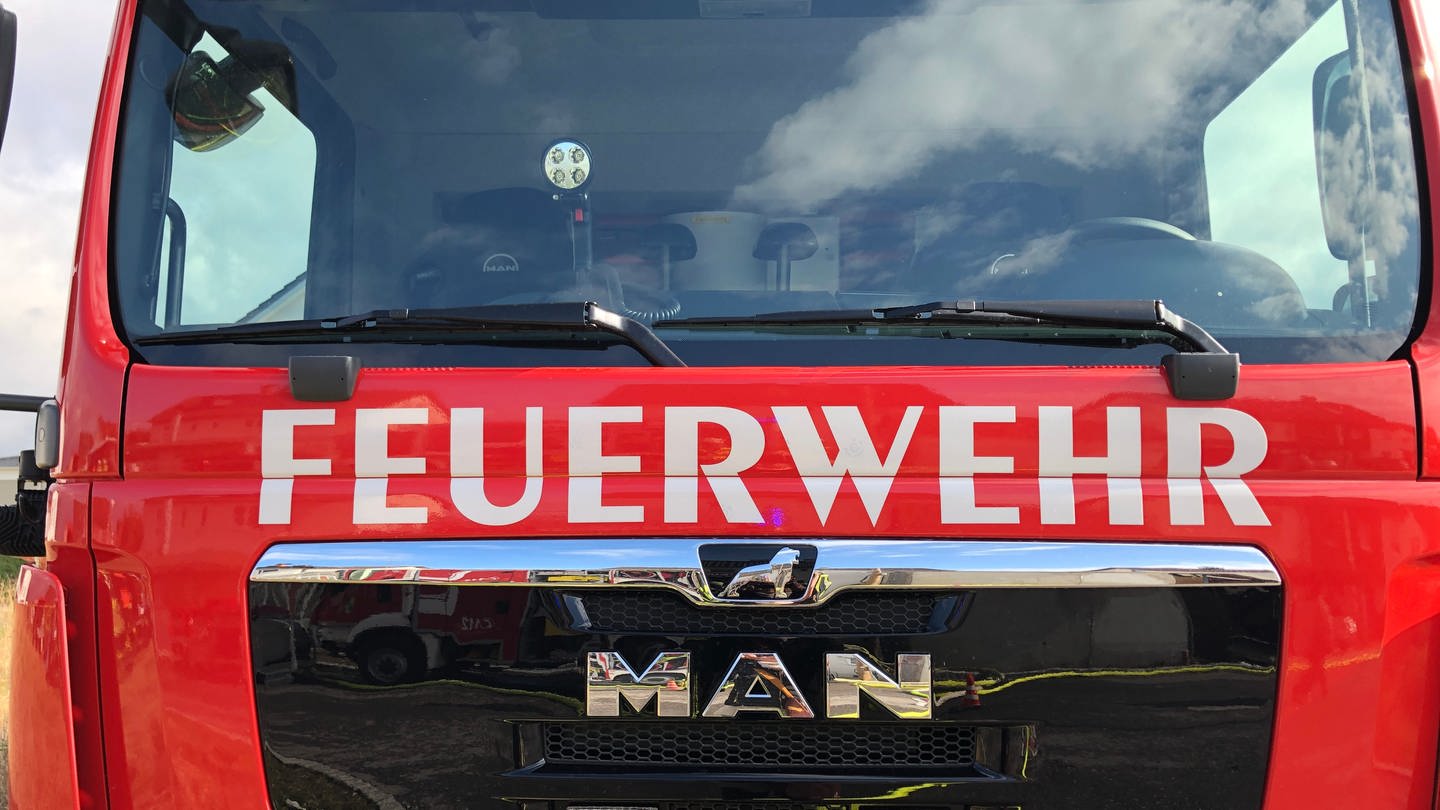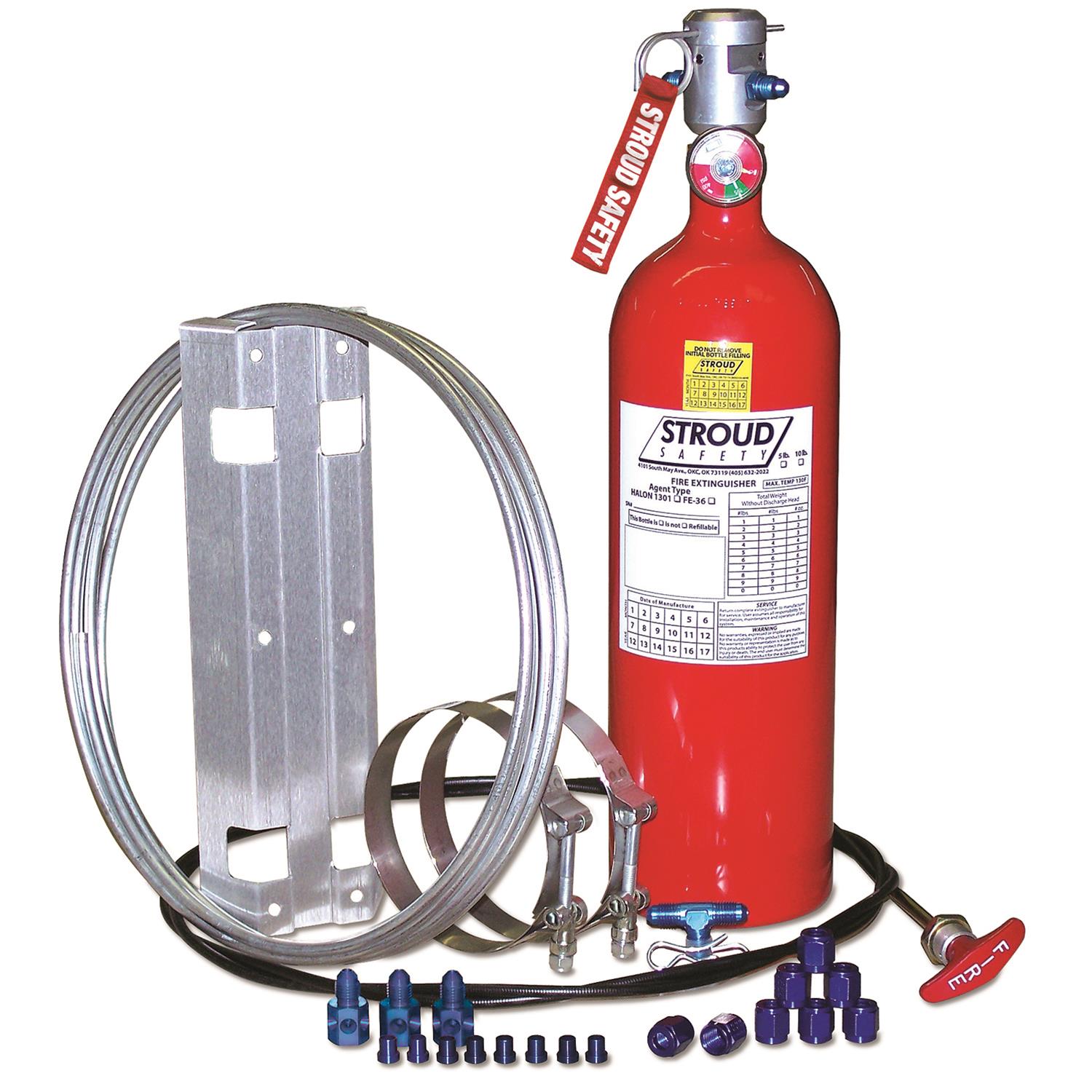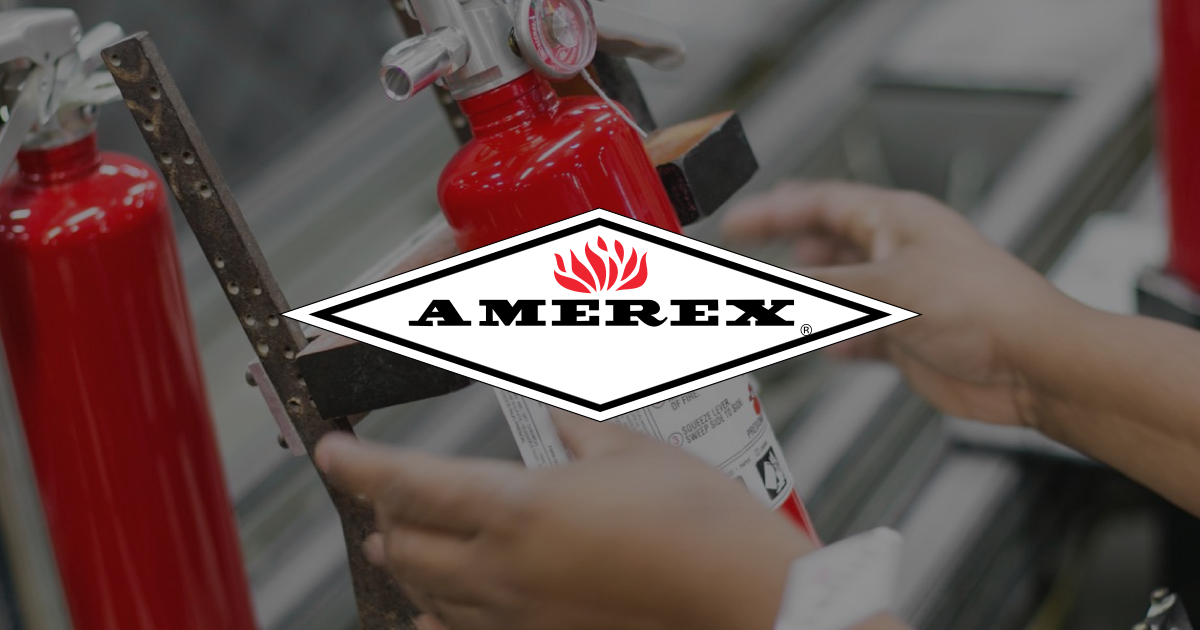Hello all,
last weekend a GT40 burned down not far away from me. According to the news nobody was hurt but the 40 is a total loss (see pics).
 www.facebook.com
www.facebook.com
I did not know the car / owner - anyway I'm sorry for your loss. I can only assume how nice she must have been .
.
Main reason to start this thread is the safety aspect of this.
- What are the most likely reason for a fire?
- What to frequently check?
- What components have which life span?
- What did you do to prevent this from happening?
- What to do in case of a fire (toxic smoke)?
- Etc.
Any thoughts?
Thanks
Markus
P.S. can anybody identify what chassis it was?
last weekend a GT40 burned down not far away from me. According to the news nobody was hurt but the 40 is a total loss (see pics).
Log into Facebook
Log into Facebook to start sharing and connecting with your friends, family, and people you know.
 www.facebook.com
www.facebook.com
I did not know the car / owner - anyway I'm sorry for your loss. I can only assume how nice she must have been
Main reason to start this thread is the safety aspect of this.
- What are the most likely reason for a fire?
- What to frequently check?
- What components have which life span?
- What did you do to prevent this from happening?
- What to do in case of a fire (toxic smoke)?
- Etc.
Any thoughts?
Thanks
Markus
P.S. can anybody identify what chassis it was?



